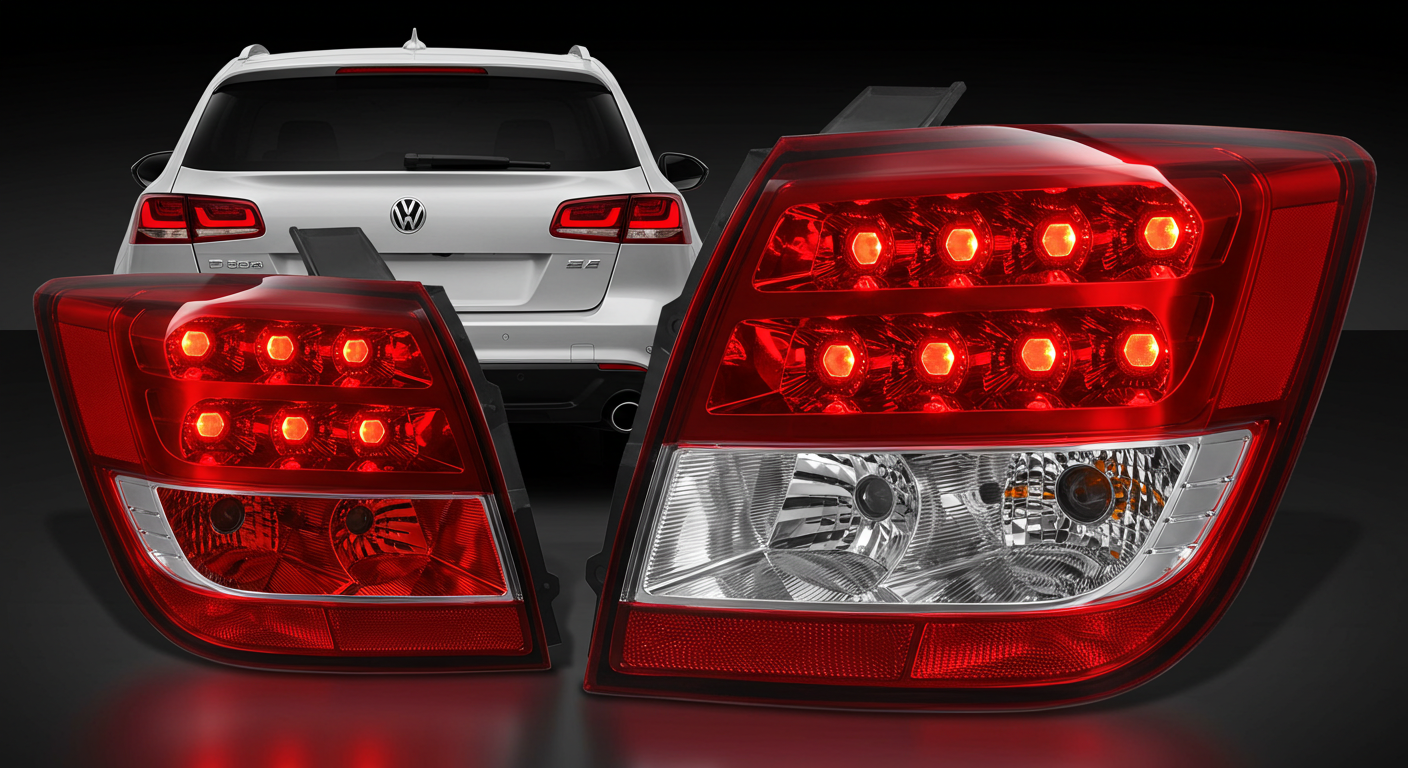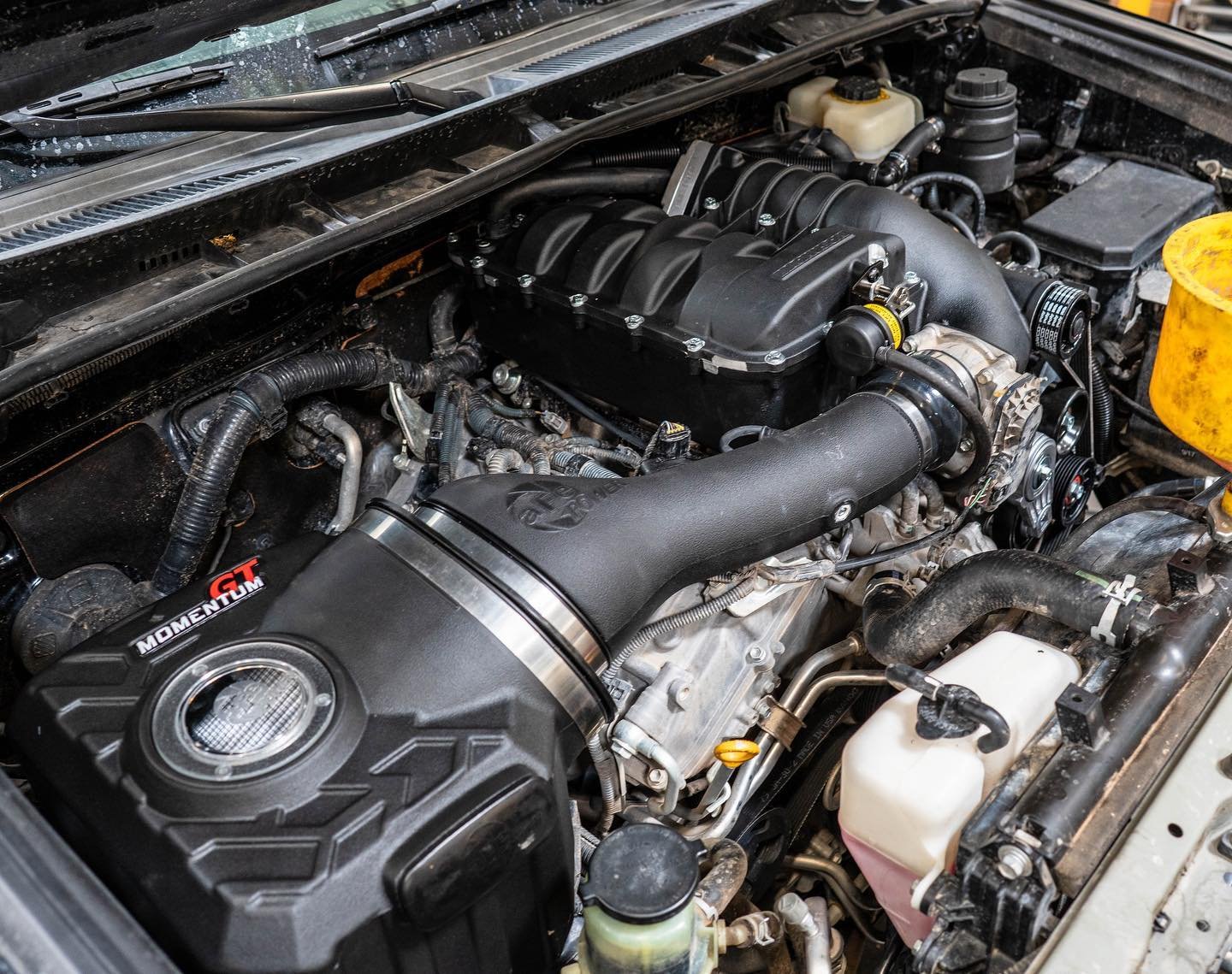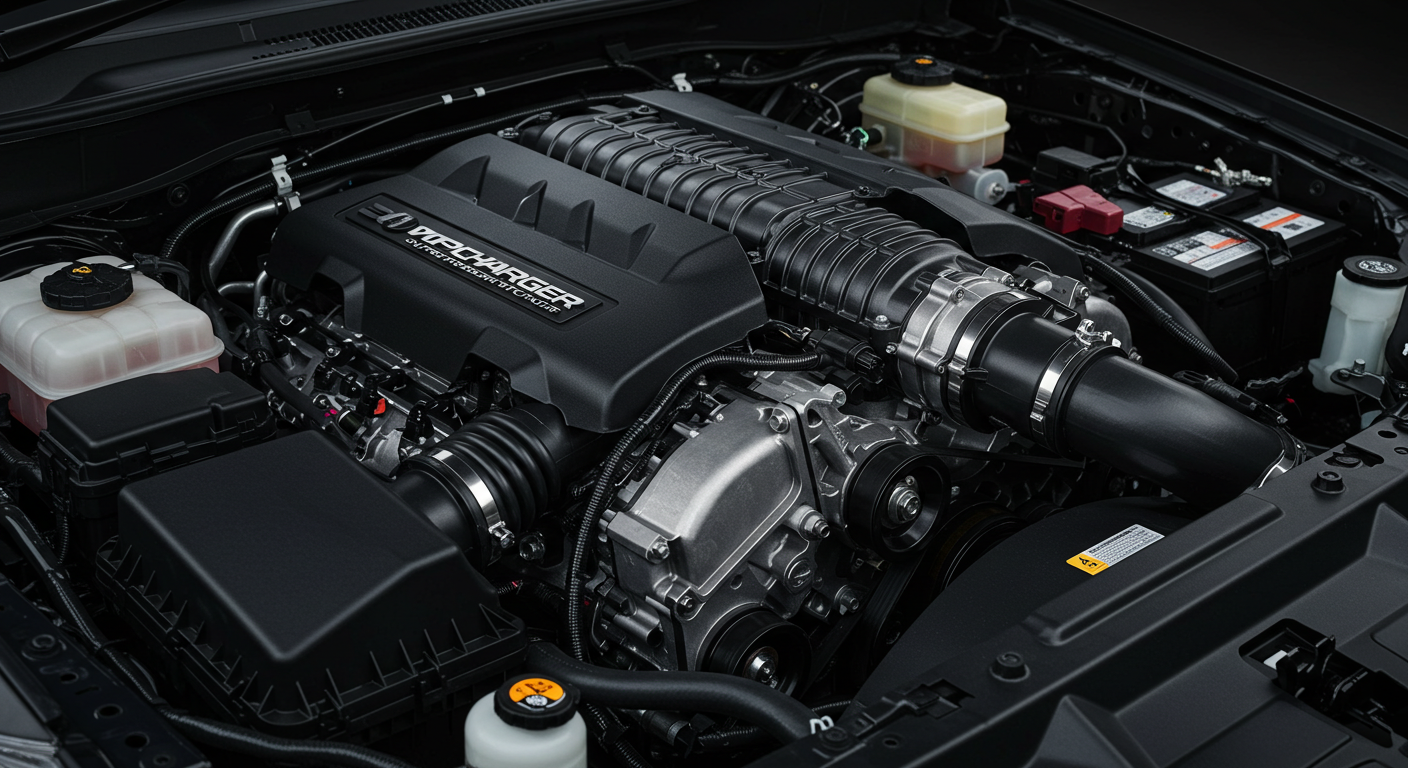Introduction to Car Paint Colors
Car paint colors play a vital role in the automotive industry, influencing not only the aesthetic appeal of vehicles but also their market value and the emotional response they elicit from drivers. The choice of color extends beyond mere preference, as it can significantly impact resale value and overall market demand. For car manufacturers and consumers alike, understanding the trends and significance behind car paint colors is essential.
The impact of color on a vehicle’s appearance is profound. A well-chosen color can enhance the design features of a car, accentuating its curves and lines, while an unappealing hue may detract from an otherwise striking model. As such, automotive manufacturers invest heavily in research to understand consumer preferences and emerging trends in car paint colors. This continuous evaluation helps to ensure that their offerings resonate with potential buyers, contributing to the overall success of the vehicle models.
Moreover, the color of a car can influence the driver’s mood and perception. Research in color psychology suggests that colors can elicit specific emotions; for instance, blue shades are often associated with calmness, while red hues can evoke a sense of energy and urgency. This emotional connection can make a significant difference for a driver, further underscoring the significance of selecting the right car paint color.
As we delve deeper into the world of car paint colors, we will explore various trends that have emerged over the years, the maintenance practices to keep these colors vibrant, and the cost factors associated with different hues. Understanding these elements is crucial for both current car owners and potential buyers looking to make informed decisions in the ever-evolving automotive landscape.
Current Trends in Car Paint Colors
In today’s automotive landscape, car paint colors have seen a notable evolution influenced by consumer preferences, technological advancements, and environmental considerations. Among the prominent trends, a striking shift towards bold and vibrant colors stands out. Gone are the days when neutral tones dominated the market; today, vehicles adorned in rich shades like electric blue, fiery red, and deep purple have become increasingly popular. This surge in bold colors reflects a desire for personal expression and individuality among car owners.
Moreover, matte finishes have emerged as a preferred option for many car enthusiasts, adding a contemporary flair to vehicle aesthetics. Matte paints offer a distinct look that contrasts sharply with traditional glossy finishes, giving cars a stealthy, understated elegance. Often seen on luxury and performance vehicles, matte surfaces attract attention for their unique texture and depth, making them a trending choice in customization and factory options alike.
Another recent trend is the rise of eco-friendly paint options. As consumer awareness around environmental issues increases, manufacturers are responding with sustainable paint technologies. Water-based paints and those free from harmful solvents are gaining traction, promoting both aesthetics and environmental responsibility. This shift not only aligns with global sustainability goals but also appeals to a market that prioritizes eco-conscious choices.
Historically, car paint trends have fluctuated from bold hues to understated shades, reflecting broader cultural shifts and automotive advances. As we look ahead, it is likely that the demand for personalization will continue to shape color palettes, with the development of new formulas providing even more exciting options. Predictions suggest that pastel and muted colors may resurface, offering a contrast to today’s vivid trends, thus creating a vibrant yet balanced automotive market in the future.
Understanding the Psychology of Color in Cars
The psychology of color plays a significant role in influencing perceptions and emotions, which is particularly relevant in the automotive industry. Car buyers often make choices based on their emotional reactions to colors, leading to varying preferences that can impact sales and marketing strategies. For instance, red, often associated with excitement and passion, can evoke a sense of energy and alertness. As such, it is a popular choice among consumers seeking a dynamic, sporty vehicle. Manufacturers leverage this association, often promoting red cars as an emblem of thrilling driving experiences.
On the other hand, blue is frequently linked to feelings of calmness and stability. This color tends to appeal to individuals who value trustworthiness and reliability in their vehicles. Consequently, shades of blue are commonly utilized in marketing campaigns targeting families and professionals who prioritize functionality and security. Each hue carries its psychological undertones, leading buyers to select colors that resonate with their personal identity and lifestyle choices.
White and black, while seemingly neutral, also evoke powerful associations. White is often perceived as pure, clean, and modern, which can attract consumers in search of a sophisticated aesthetic. Contrarily, black is associated with luxury, power, and elegance, making it a preferred choice among high-end car brands. Understanding these color associations not only aids consumers in making informed decisions but also serves marketers in tailoring their campaigns to align with the psychological appeal of different shades.
Overall, the psychology of color in cars extends beyond aesthetics; it influences consumer behavior and purchasing decisions. Acknowledging these psychological factors allows both buyers and marketers to navigate the complexities of the automotive market more effectively. By recognizing the impact of color on emotions and perceptions, stakeholders can enhance their strategies and make meaningful connections within this competitive landscape.
Choosing the Right Color for Your Car
When selecting a paint color for your vehicle, it is essential to consider various factors that align with your personal preferences, lifestyle, and intended use. One of the primary considerations is visibility. Bright colors, such as yellow or red, tend to be more visible on the road, which can enhance safety, especially during adverse weather conditions. These hues not only draw attention but also reduce the likelihood of accidents, making them a practical choice for those who prioritize road safety.
Another critical factor is maintenance needs. Lighter colors, such as white or silver, generally require less upkeep than darker shades. They tend to show dirt and scratches less readily, which can be a significant advantage for individuals who do not have the time or resources to frequently clean their vehicles. Conversely, dark colors like black or navy blue may require more frequent cleaning and polishing to maintain their glossy appearance, as imperfections tend to be more noticeable.
Resale value is also an important consideration when choosing a car color. Popular colors like white, gray, and silver typically have higher resale values. Unconventional colors, while visually appealing, might limit the pool of potential buyers when it comes time to sell or trade in your vehicle. Hence, it is prudent to think ahead and consider how the chosen color will influence future resale opportunities.
Additionally, personal expression plays a vital role in the decision-making process. Many car owners wish to select a color that reflects their personality or lifestyle. Therefore, it is advisable to weigh these queries: Does this color resonate with my essence? Does it integrate with my daily activities? By evaluating these aspects, buyers can make a more informed choice that meets their aesthetic expectations while adhering to practical considerations.
Maintenance Tips for Different Car Paint Colors
The maintenance of car paint colors varies greatly depending on the hue and finish. Each type requires specific care to preserve its aesthetic appeal and longevity. Understanding how to properly maintain bright colors, dark colors, metallics, and matte paints can significantly enhance their appearance and durability.
For bright-colored vehicles, such as vibrant reds and yellows, it is essential to wash them regularly using a pH-neutral car shampoo. Bright hues are prone to fading due to sun exposure, so applying a high-quality wax or sealant every three months is recommended. This not only adds shine but also serves as a protective barrier against UV rays. It’s also advisable to use microfiber towels to prevent scratches during the washing process.
Dark colors, particularly blacks and deep blues, tend to show dirt and swirl marks more readily. Maintaining these colors requires a bit more diligence. Regularly washing with a soft sponge and drying with a microfiber cloth can minimize surface scratches. Using a polymer sealant can help enhance the gloss and protect against environmental elements. Additionally, it is wise to schedule a professional polish at least once a year to maintain that deep, reflective finish.
Metallic paints, with their unique shimmer and depth, require careful handling. To maintain the intricate colors, washing using a gentle method and avoiding abrasive cleaning materials is vital. Applying a specialized metallic detailing spray can revitalize the paint and keep it looking fresh. Waxing should be done similarly to bright colors, every few months, to protect the metallic flakes embedded in the finish.
Lastly, matte finishes have their unique set of requirements. These surfaces should not be waxed as it can cause an undesirable shine. Instead, use a matte-specific cleaner and soft cloth to keep them clean without disrupting their finish. For added protection, consider using a matte sealant designed for such surfaces to guard against scratches and fading. Adhering to these maintenance strategies will help ensure the paint remains vibrant and appealing regardless of its color.
The Costs Associated with Car Paint
When considering a vehicle’s aesthetic appeal, the choice of car paint color is crucial. However, understanding the financial implications of this choice is equally important. The costs associated with car paint can vary widely depending on several factors, including whether one opts for standard or custom colors. Typically, standard paint colors, which include shades like black, white, and grey, are significantly less expensive than custom colors that may require more complex formulations and specialized applications. This difference in price can be attributed to the availability of standard colors versus the uniqueness and demand of custom shades.
In addition to the color choice, the method of application also plays a pivotal role in determining the overall cost. Hiring a professional service for car painting can lead to expenses that range from several hundred to several thousand dollars, depending on the quality of service and the extent of the repainting needed. Professional painters offer expertise and equipment that ensure a smoother, more durable finish, which may justify the higher cost. Conversely, a DIY painting project can save significant money, but it requires time, effort, and an understanding of the painting process. The potential risks of a DIY approach include uneven finishes or lacking longevity, which may lead to more expenditures in the future for touch-ups or a complete respray.
Another aspect that car owners should consider is the potential impact of paint colors on insurance premiums and resale value. Certain colors may be associated with higher repair costs or may be less appealing to future buyers. In some cases, bright or unconventional colors might lead to higher insurance rates due to perceived risks linked to theft or accidents. By conducting a thorough analysis of these costs prior to making a decision, car owners can better prepare for their vehicle purchases or painting projects, ensuring that their investments align with their financial goals.
The Environmental Impact of Car Paint Choices
The selection of car paint colors extends beyond aesthetic appeal and often raises significant environmental concerns. Traditionally, many paints used in the automotive industry have contained toxic chemicals, including volatile organic compounds (VOCs) and heavy metals. These substances not only contribute to air pollution during the painting process but can also leach into the environment during the car’s lifecycle. As awareness of environmental issues grows, manufacturers are increasingly scrutinizing their paint formulations and production methods.
In response to these concerns, regulations such as the U.S. Environmental Protection Agency (EPA) oversight have been established to limit hazardous materials in automotive paints. These regulations encourage the development of safer, environmentally friendly alternatives. One notable innovation in car paint technology is the advent of water-based paints. Unlike their solvent-based predecessors, water-based options typically use water as a solvent, which significantly reduces the emission of harmful VOCs. This shift not only aids in mitigating air pollution but also aligns with the industry’s growing commitment to sustainability.
Furthermore, eco-friendly practices are increasingly being adopted in car manufacturing. Manufacturers are exploring the use of natural pigments and recycled materials in paint formulations as a means of reducing ecological footprints. Companies are now investing in research and development to create sustainable paints that meet both aesthetic standards and environmental considerations. The use of powder coatings is also gaining traction, as they require no solvents and produce minimal hazardous waste products.
Overall, the transition towards environmentally responsible car paint choices is a vital aspect of the broader endeavor to reduce the automotive industry’s impact on the planet. As innovations continue to emerge and legislation evolves, consumers can expect to see a greater availability of eco-friendly paint options in the marketplace, signifying a conscientious move towards greener automotive manufacturing practices.
Future Innovations in Car Paint Technology
As the automotive industry continues to evolve, car paint technology is also witnessing remarkable advancements. Manufacturers are actively investing in research and development to create paint solutions that not only enhance the aesthetic appeal of vehicles but also improve their durability and functionality. Among these innovations are color-changing paints, self-healing coatings, and the application of nanotechnology.
Color-changing paints, for instance, utilize lightweight, flexible materials designed to shift hues based on temperature, angle, or light exposure. This innovative approach to automotive finishes allows car owners to personalize their vehicles with unique color combinations and patterns, creating a more engaging driving experience. The potential for customization opens new avenues for automotive design, making it increasingly appealing to younger consumers who seek individuality in their vehicles.
Self-healing coatings represent another groundbreaking development in car paint technology. These coatings are engineered with polymeric substances that can effectively repair minor scratches and abrasions automatically. When exposed to heat or certain conditions, the paint molecules react by restoring the original surface integrity. This feature significantly enhances the longevity of car paint, reducing the frequency of repairs and repainting, thereby offering practical benefits to vehicle owners.
Furthermore, the incorporation of nanotechnology in car paint formulations is revolutionizing their properties. Nanoparticles are added to traditional paint to improve adhesion, UV resistance, and overall durability. This enhancement ensures that the paint remains vibrant and resistant to fading for extended periods while offering protection against environmental pollutants and the wear and tear associated with daily use.
In conclusion, the innovations in car paint technology signify a transformative period in the automotive industry. With advancements like color-changing paints, self-healing coatings, and nanotechnology, vehicles can not only look better but also retain their appearance and integrity for longer, promising a future of exciting possibilities for car owners. As these technologies mature, they are expected to play a crucial role in the evolution of automotive aesthetics and functionality.
Conclusion: Making the Most of Your Car’s Color
In summary, selecting the appropriate car paint color is a decision that can significantly impact both the aesthetic appeal and resale value of your vehicle. The current trends in car paint colors showcase a shift towards vibrant and unique shades, as consumers increasingly seek to express their individuality through their vehicles. This highlights the importance of considering not just personal preference but also market trends when choosing a color.
Maintaining the integrity of your car’s paint is equally essential. Regular cleaning, protective waxing, and promptly addressing scratches or chips can prolong the life of your paint job and keep your car looking new. Utilizing the right products specifically designed for automotive use ensures that your car’s exterior remains in excellent condition. By following these maintenance tips, car owners can enhance the longevity and appearance of their chosen colors.
Furthermore, staying informed about innovations in the automotive paint industry can provide insights into new technologies and products that offer better durability and finish. As techniques improve, options such as ceramic coatings or eco-friendly paints are becoming increasingly available, providing consumers with a broader range of choices that cater to both aesthetic and environmental concerns.
When contemplating a purchase or touching up an existing vehicle, it is beneficial to weigh all aspects of color choice and maintenance. With the right approach, car enthusiasts can capitalize on the beauty and emotional connection that a well-chosen paint color brings, ensuring their vehicle remains a source of pride for years to come. By combining thoughtful color selection with diligent care, owners can truly make the most of their car’s color.









